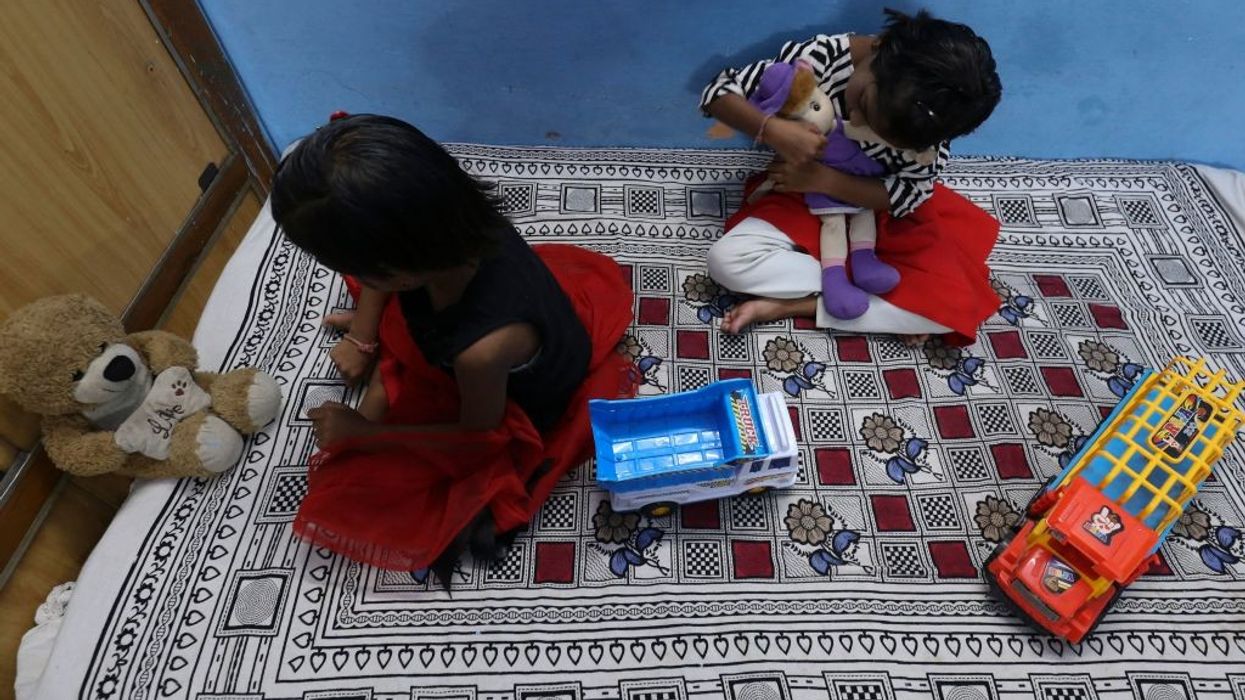THOUSANDS of children have lost one or both parents in the new pandemic wave ravaging India, where there were already millions of orphans. The prospect of a surge of abandoned minors worries many.
while addressing the issue, the Supreme Court on Friday (28) directed the State authorities to immediately identify them and provide relief.
A vacation bench of Justices L N Rao and Aniruddha Bose directed district administrations to identify the orphans in their areas and upload their data on the National Commission for Protection of Child Rights (NCPCR) website by Saturday (29) evening.
The top court's direction came on an application filed by amicus curiae Gaurav Agrawal in the pending suo motu case seeking identification of orphaned children due to Covid-19 or otherwise and providing them immediate relief by the state governments.
“We have read somewhere that in Maharashtra over 2,900 children have lost their one or both the parents due to Covid-19. We don't have an exact number of such children. We cannot even imagine how many such children in this large country have got orphaned due to this devastating pandemic,” the bench said.
“I hope you understand the agony of the children starving on the streets. You please ask the state authorities to immediately take care of their basic needs”.
According to Agrawal, another issue of concern is that there are increased instances of child trafficking, especially of the girl child.
Additional Solicitor General Aishwarya Bhati, appearing for the Centre, said the government has already issued an advisory to the state government to ensure that children orphaned or in need are taken care of.
Advocate Swarupama Chaturvedi, appearing for NCPCR, said that they have a portal called ‘Baal Swaraj' to track such children and officers at the district level have been given passwords to upload their data on the centralised portal to ensure their tracking.
The Supreme Court bench listed the matter again on June 1.
An emotional tragedy
UNICEF India's chief Yasmin Haque said that children orphaned by pandemic "are not only living an emotional tragedy, they are at high risk of neglect, abuse and exploitation."
Last month, there were media reports on a baby found next to its mother who had been dead for 48 hours and whose neighbours feared contracting the virus.
"We don’t know how many people are dying, let alone how many children are orphaned," said Akancha Srivastava, a cybersecurity expert who has launched a coronavirus helpline for children.
Social media appeals are being made for breast milk and food for infants who have lost their mothers.
Some coronavirus orphans are also being put up for illegal adoption on social media.
Srivastava said her helpline received at least 300 calls and messages in a day.
"Our authorities are overburdened, people are hassled. It's extremely easy in these circumstances to misassign a child to some trafficking racket or an adoption racket," she said.
Under Indian law, an orphaned child must be seen by a government official and is put in an institution if there are no relatives to look after them.
Smriti Irani, India’s minister for women and child development, this month warned that unofficial approaches to adopting Covid-19 orphans are a "trap" and "illegal".
AFP received one message on WhatsApp offering a two-year-old girl and a two-month-old boy for adoption. "Brahmin children," the message said, suggesting the children were upper-caste Hindus. The contact number has since been switched off and has been investigated by authorities.
Children whose parents have died or are sick have been reduced to selling vegetables on the streets, according to the Protsahan India Foundation, a child rights NGO.
"We’re looking at a generation of children in extreme distress and facing severe trauma who will grow up to be broken adults," said Sonal Kapoor from the foundation.
Dhananjay Tingal from Bachpan Bachao Andolan told AFP that the child welfare organisation received about 50 calls a day, a big increase from last year.














